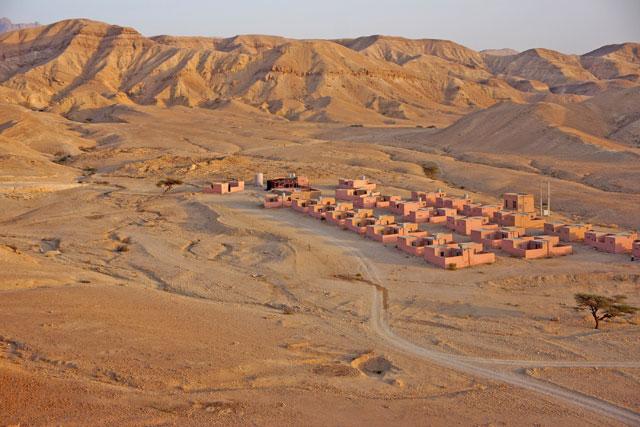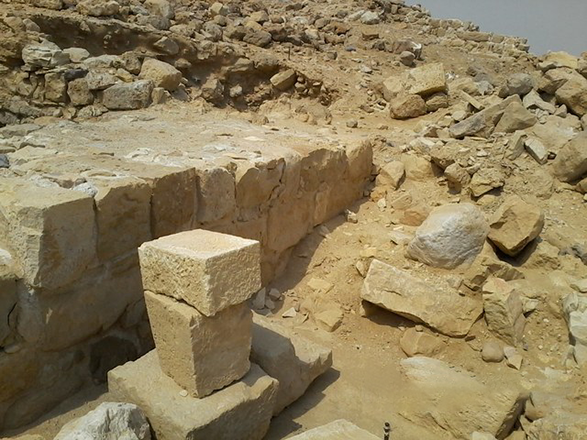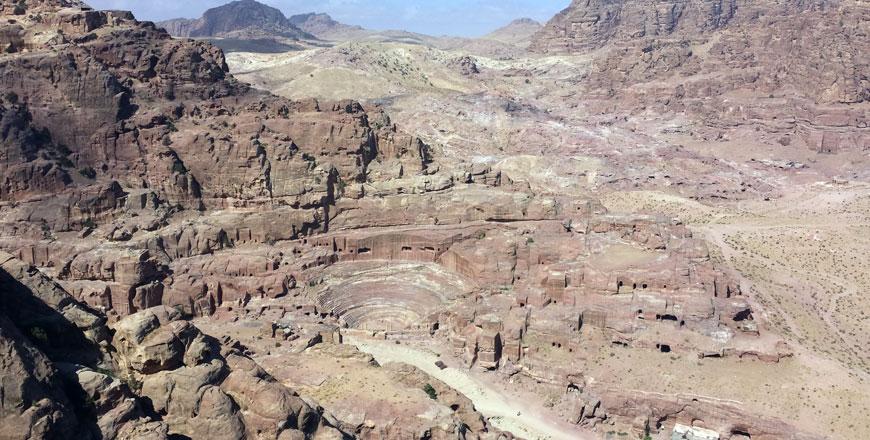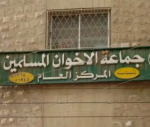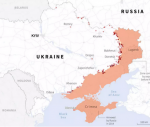You are here
Scholar explores urbanisation, formation of Arab communities in ancient times
By Saeb Rawashdeh - Nov 17,2018 - Last updated at Nov 17,2018
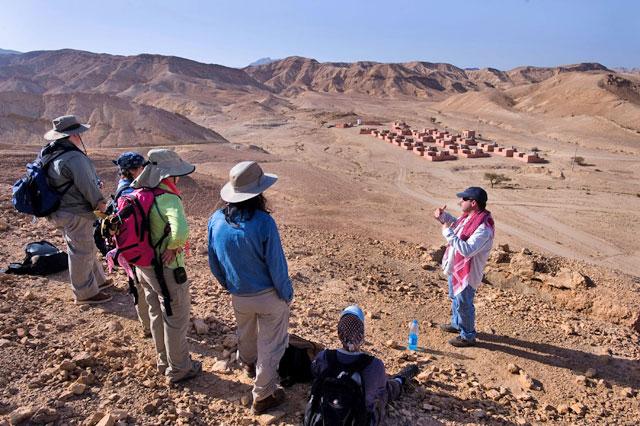
Andrew Smith II addresses a group of researchers in front of Bir Madhkur site, recently (Photo courtesy of Andrew Smith II)
AMMAN — Urbanisation and the formation of Arab communities during the late Roman and the Byzantine times is “a complex question” that would receive multiple responses, said an American historian.
“It seems that, in most cases, the community formation process was embedded in tribalism,” noted Andrew Smith II, adding that “at Palmyra, in Syria, for example, hundreds of inscriptions exist in which individuals identify themselves, their familial connection and their tribal membership”.
Therefore, the situation was one in which the economic incentives were sufficient enough to inspire separate tribal groups to cooperate and create a larger social, political unit, Smith II stated, noting that it can be seen at Palmyra “when different tribal groups begin to identify as ‘the people of Palmyra’ or the ‘community of the Palmyrenes’”.
He said what is interesting in this process of community formation and urbanisation is “the nature of the political structure that the community adopts, underlying that, at Palmyra, the major tribes appeared to have been equally powerful, and so no tribe managed to usurp power over the others”.
“What evolved was a city with a very Greek constitution, with magistrates, a council and the ‘people’ [demos],” said the author of the book, “Roman Palmyra: Identity, Community and State Formation”.
The Nabataeans, on the other hand, emerged under a kingship, Smith II claimed, noting that this was probably in response to the Hasmoneans in the west.
All this meant that an individual drove the urbanising process versus a collective, oligarchic few, he stressed.
Regarding Petra and its hinterland, they became well-integrated into the same socioeconomic system.
“Petra is both unique and not so much in comparison to other ancient cities in the Roman world,” the historian said, adding that “basically, cities were economic and cultural centres” dominated by the local elite who supported their functioning and embellishments.
He noted that these were acts of public benefaction that permitted the local elite to display their power and prestige. “Their wealth, generally, was derived from production in the countryside [generally agricultural] — Petra is unique because of the wealth generated from the long-distance trade, like incense,” Smith II emphasised.
However, things changed in the Byzantine period, he pointed out, saying “basically, in response to the economic collapse of the 3rd century AD, Petra and other cities declined in significance”.
According to the scholar, imperial authorities sought to revive the rural, agricultural economy. To do so, soldiers were positioned in remote areas to facilitate an agricultural revival like in the hinterland of Petra, where wheat, barley, olives, grapes, figs and dates were produced, he outlined.
“This was the period during which Bir Madhkur [12 kilometres northwest of Petra] was built. Now, with local commanders closer to rural population groups, individuals went to them more frequently than to administrators in the cities to resolve their disputes, among other matters,” the researcher explained.
Besides Bir Madhkur, the scholar stressed the increasing importance Humayma, Ayla and Maan gained as administrative centres.
“As a result, Petra and other cities in the Byzantine period declined in importance,” Smith II concluded.
Related Articles
AMMAN — Located in Wadi Araba, 12 kilometres northwest of Petra, Bir Madhkur was a Roman fort and a settlement on the well-known Incense Rou
AMMAN — The site of Bir Madhkur is located in the Petra hinterland some 12 km northwest of Petra, near Wadi Araba.
AMMAN — A population boom that took place during a period of Nabataean, Roman and Byzantine rule must have been caused by multiple factors i


